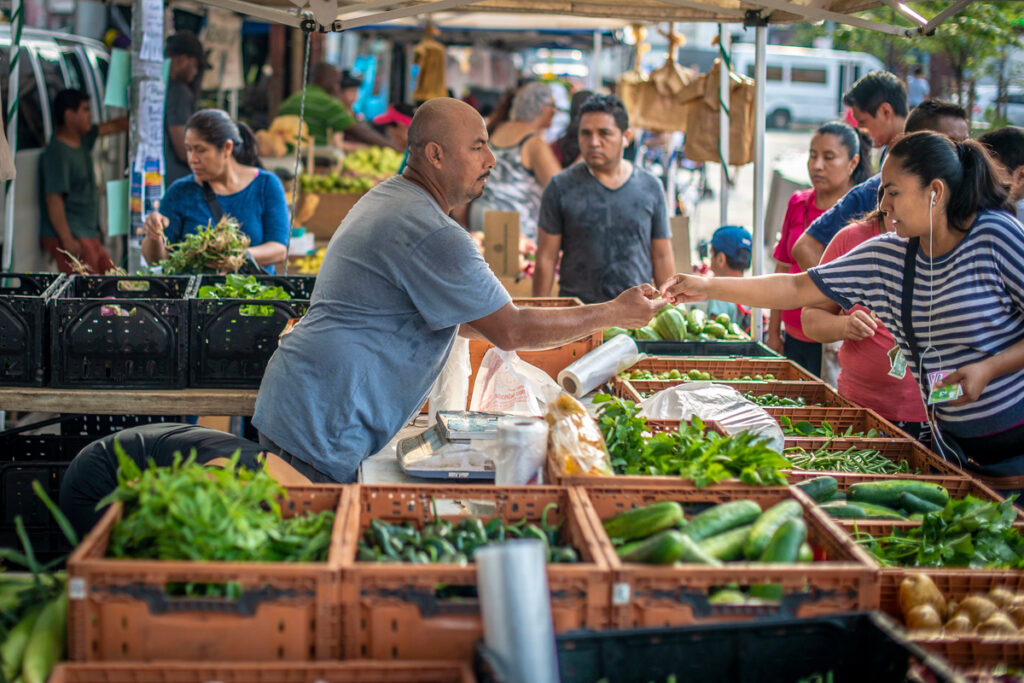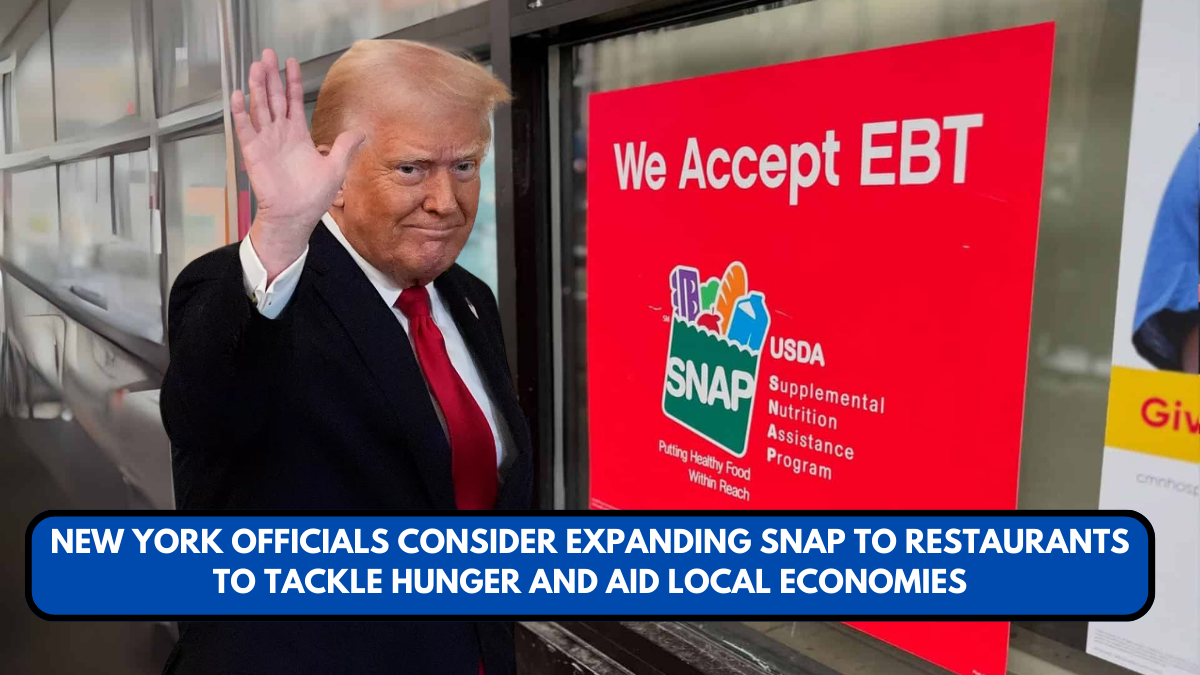A proposed expansion of the Supplemental Nutrition Assistance Program (SNAP) could change the way low-income New Yorkers eat—and how local restaurants survive.
Advocates and officials say allowing SNAP benefits to be used at neighborhood restaurants and mobile vendors could address persistent food insecurity, stimulate local economies, and improve public health.
A Hunger Solution in Food Deserts
In many underserved neighborhoods across New York, residents face limited access to grocery stores offering fresh produce and nutritious foods. These so-called food deserts are especially common in low-income, densely populated areas.

While grocery stores may be scarce, small restaurants and food vendors are often present. The idea is simple: allow SNAP recipients to use their Electronic Benefit Transfer (EBT) cards at these local eateries to purchase prepared meals.
“This initiative can provide hot, nutritious, and culturally familiar meals to those who need them most—seniors, disabled individuals, and families without kitchen access,” said a spokesperson for City Harvest NYC, a New York nonprofit focused on food equity.
Currently, New York operates a limited version of the Restaurant Meals Program (RMP) authorized by the USDA. However, it’s only available to certain populations and in specific counties. The proposed expansion would significantly broaden that access.
Economic Ripple Effects
The benefits may go beyond just meals. Studies show that every $1 spent through SNAP generates around $1.50 in local economic activity. When SNAP is spent at neighborhood grocers and bodegas, it supports local jobs and supply chains. Expanding to restaurants could do the same.
Independent restaurant owners, many of whom struggled to recover from the COVID-19 pandemic, could see a new customer base. “We’re not just feeding people,” one Harlem restaurant owner told City Limits. “We’re keeping our businesses open and employees working.”
It’s a perspective backed by research. According to Feeding America, food insecurity affects over 2 million New Yorkers. Connecting SNAP recipients with small food vendors could build resilience into the local economy while supporting basic nutritional needs.
Policy Momentum and Political Will
Governor Kathy Hochul’s administration has taken note. In her recent statements and budget proposals, she’s emphasized the importance of combating rising food prices and improving affordability. In early 2025, lawmakers debated raising the minimum SNAP benefit from $23 to $100 monthly to better meet needs.
State Senator Roxanne Persaud, who chairs the Social Services Committee, has expressed interest in introducing legislation to pilot an expanded RMP across more boroughs.
“I believe food security is a human right,” Persaud said. “If we can feed more people and support small businesses in the process, we must act.”
However, this expansion would require cooperation with the federal government, since SNAP is administered by the U.S. Department of Agriculture (USDA). Any large-scale change in where benefits can be spent would need a waiver or regulatory adjustment at the federal level.
Some advocates caution that implementing such a plan statewide would require strong oversight. Participating restaurants would need to meet nutritional standards, undergo inspections, and ensure pricing fairness for SNAP recipients.
Community Feedback and Challenges
“There’s a difference between allowing fast food everywhere and supporting local, community-focused restaurants,” said a nutritionist with NYC Health. “We have to make sure we’re not replacing one problem with another.”
Still, early feedback from pilot programs in cities like San Francisco and Los Angeles has been largely positive. Participants report increased meal satisfaction, reduced stress around food, and greater dietary variety.

What’s Next?
New York’s potential expansion of SNAP to include restaurant meals could be a transformative policy shift. With the support of lawmakers, nonprofits, and local business owners, it represents a practical, economic, and humanitarian opportunity.
Bottom Line:
Expanding SNAP to restaurants could be a win-win for hungry New Yorkers and struggling local businesses. With the right guardrails, this idea may soon move from proposal to reality—bringing warmth, health, and economic vitality to communities in need.
This article has been carefully fact-checked by our editorial team to ensure accuracy and eliminate any misleading information. We are committed to maintaining the highest standards of integrity in our content.

Filza specializes in simplifying financial topics for everyday readers. Whether breaking down Canada’s tax guides or U.S. benefits like SNAP and VA Disability, Filza’s relatable writing style ensures readers feel confident and informed. Follow her insights on LinkedIn or reach out via email at [email protected].




